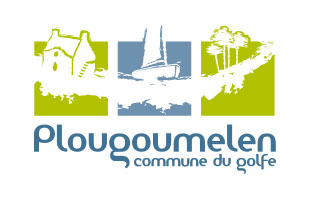A Flexible-Frame-Rate Vision-Aided Inertial Object Tracking System For Mobile Devices
septembre 17, 2025 8:30 Laissez vos commentairesItagPro
Classés dans :anonymous
Cet article a été écrit par carolblakeley


ItagPro
Classés dans :anonymous
Cet article a été écrit par carolblakeley
Laisser un commentaire